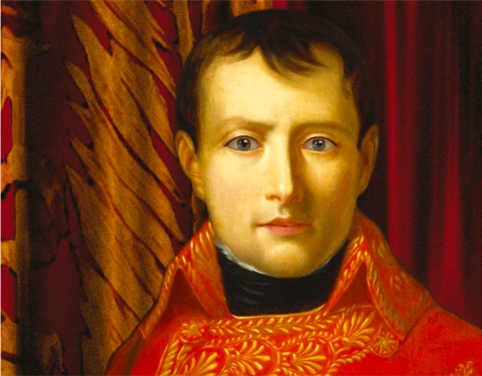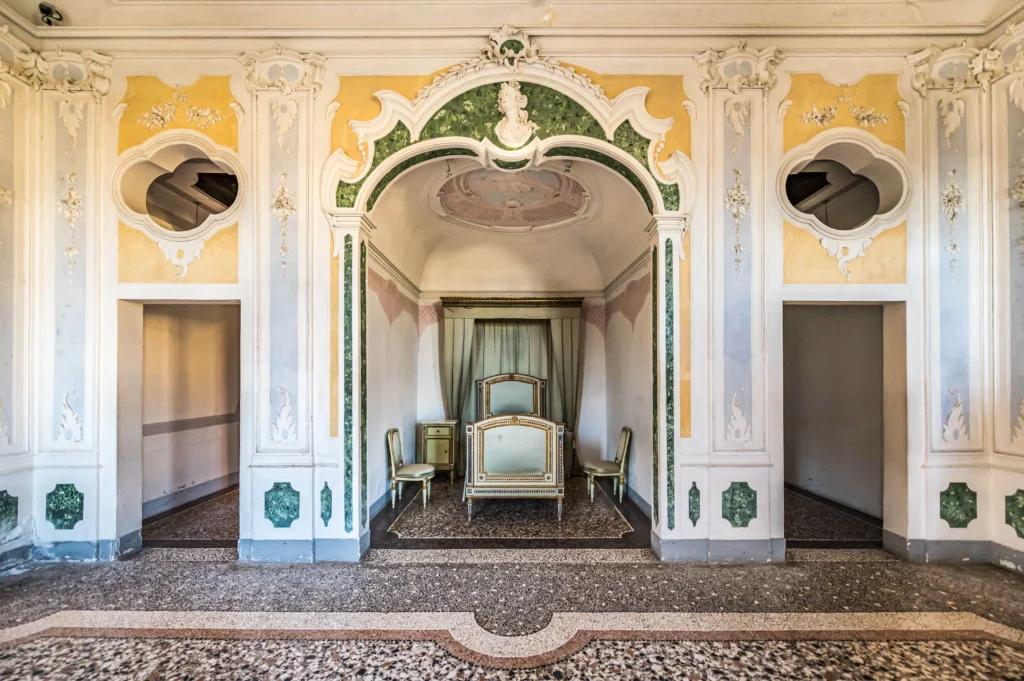Napoleon
Napoleon at the Villa Manin: dialogue between powers
Napoleon Bonaparte stayed at Villa Manin di Passariano (UD) in 1797, during the months in which the agreements that led to the Treaty of Campoformio and decreed the passage of Venetian territories to Austrian rule were discussed.
A skilful leader and shrewd politician, Napoleon Bonaparte (Ajaccio, 15 August 1769 – St Helena, 5 May 1821) played a leading role in the history of France and Europe.
And it was precisely Friuli Venezia Giulia that marked a fundamental stage in his rise.
In Friuli: Napoleon's stay in Passariano
Between 27 August and 22 October 1797, at the end of the first Italian campaign Napoleon chose Villa Manin di Passariano as his headquarters during the negotiations with the Austrians.
During this period, the villa, a symbol of power and nobility, hosted peace conferences that led to the signing of the Treaty of Campoformio on 17 October 1797.
This historic agreement redrew the borders of Europe, redefining the boundaries and areas of domination of France and Austria.
In mid-September Napoleon was also joined in Passariano by his first wife and future Empress Joséphine de Beauharnais.
The doge’s sister-in-law, who was spending the summer at Villa Manin, was forced to leave it and move to a farmer’s house in nearby Bertiolo, taking with her precious furnishings and works of art for fear that they would be plundered by the French garrison.

Napoleon's room
It is one of the most characteristic rooms of the Villa Manin, Napoleon’s room. A smaller room than the other large rooms on the ground floor, but no less sumptuous.
With its atmosphere it evokes memories of the presence of its most illustrious guest.
The two side niches conceal a small gem: one can admire the original 17th-century frescoes (the last evidence of the original pictorial decoration of the first nucleus of the villa) later hidden by the 18th-century stuccoes that adorn the entire room.
Villa Manin takes visitors back in time, allowing them to relive those days of intense diplomatic exchange, leaving an indelible trace in the course of European history.

Read the next chapter: il Trattato di Campoformido
Read the previous chapter: l’ultimo doge